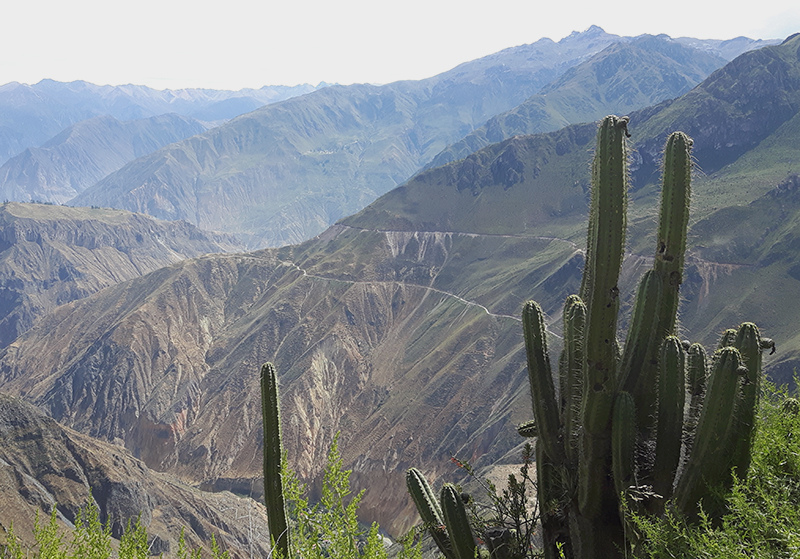 Once again, it has been ages since I have had time to write here with all my other projects! Who would have thought “retirement” would keep me so busy?
Once again, it has been ages since I have had time to write here with all my other projects! Who would have thought “retirement” would keep me so busy?
We love last minute decisions. Last Monday, as Nancy and I sat around the house, we said, “Let’s go to Colca Canyon tomorrow!” This is one of Arequipa’s nearby claims to fame and we have just never got around to going, even after a year of living here.
So we walked into town, bought a couple of pairs of decent hiking boots and booked a three-day trek with Oasis Palmeras Travel. There’s more than a dozen companies here that provide one to three day treks, tours and everything in between. I did a little research on the Internet and just picked one.
More than twice as deep as the Grand Canyon (about 3400m at its deepes point) and over 100km long, Colca Canyon has the distinction of being the second deepest canyon in the world. Unlike the Grand Canyon, it is formed by volcanic formations reaching skyward instead of deep erosion by a river over millennia of time.
The day did not start off well! The 154km drive to the canyon from Arequipa is usually a three or four hour trip along a decent, paved highway. Unknown to us, the one day out of 365 that we decided to book a three-day trek, the highway was closed due to a strike. So we had to take the long way around…
We had no idea when we got picked up at 3:30am that our easy four hour trip would actually end up being a 7-hour trip along a very bumpy and dusty dirt road through the back country desert of southern Peru. This was the only other route available to get to our destination. Suffice it to say that our little busload of tourists was not impressed as one bumpy hour led to another. Nobody had been told of these last minute changes ahead of time.
Anyway, we eventually ended up in the small town of Cabanaconde where we had breakfast before beginning the steep, zig-zag descent into the canyon to the village of San Juan de Chuccho. Our group of eight was a fun mixture of tourists from Holland, France, Italy, Canada and the U.S. And we were probably the two most out-of-shape people in the group! We really had no idea of what we had got ourselves into.
It took us about five hours to get to the bottom along a steep, rocky trail. Others in the group made it in less than three. Along the way, our very knowledgeable guide pointed out a lot of interesting plants. His grandparents were from the area and he knew the valley like the back of his hand.
We sampled a few cactus fruits as well but, in the process, I managed to get a lipful of tiny needles. Fortunately, the guide knew exactly how to find them and pluck them out after I had tried to do it myself for several minutes. It only took him minutes to find every last one!
One innocuous plant that he pointed out was incredibly poisonous…but only when the branches broke open. As long as you brushed against it, no problem. But break the branch and an acidic liquid sap literally came pouring out. He carefully demonstrated this to us. It quickly burns through the skin and will quickly destroy any eye that it gets into. Apparently more than one unsuspecting hiker has been blinded by this plant over the years.
I have to admit that by the time we reached the suspension bridge across the river, we were feeling lots of pain in our knees, calves and thighs! And we still had a bit of a walk before we finally got to the village. “Peru flat”, as our guide called it.
But the little village was great. And we are talking small. Total population less than 100. No Internet, no roads, no vehicles. And a minimum of electricity. The place is totally cut off from the outside world except for the hiking trails down the sides of the mountains. Even the school teacher hikes in every Monday morning and hikes back out again on Friday afternoon. And this is just to teach the five elementary school kids in the village. Most of the medicine is derived from local plants and food is grown nearby.
Because of the nutrient-rich volcanic soil and good water supply, the valley floor is host to over 300 species of plants. They are used as medicine, fuel, in dyeing and as food for wild and farm animals. Crops are easy to grow and the whole area is basically self-sufficient. Any necessary extra supplies need to be brought in by mule.
All the delicious dishes we were provided for lunch and dinner were grown locally, either wild or domestic. And they were cooked in a very basic, small kitchen with a stone oven and minimal accessories. It was a taste sensation!
The most amazing part of the first night for me was seeing the bright stars in the sky. After ten years in Asia in cities of ten or fifteen million, and a year in Arequipa, it has been a long time since I have seen such a star-filled sky. In fact, I don’t know if I have ever seen such a brilliant sky at night. At the bottom of Colca Canyon, in the foothills of the Andes, in a small village with next to no electricity, there was no external lighting to interfere. The night was totally black and the sky was absolutely breathtaking.
Our little basic cabin consisted of two rock-hard mattresses and pillows, covered in heavy blankets. And there was one light bulb hanging from the ceiling that didn’t work. But it just didn’t matter. We collapsed and slept like babies for about eight hours in the cool mountain air.


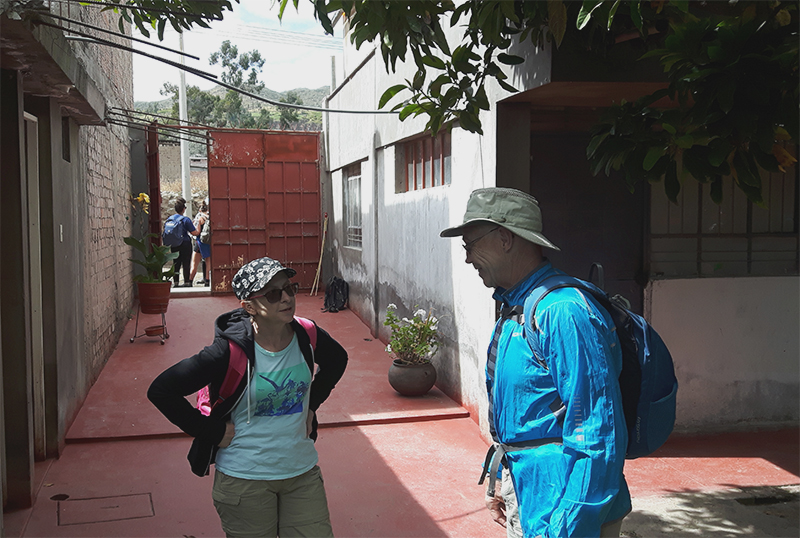
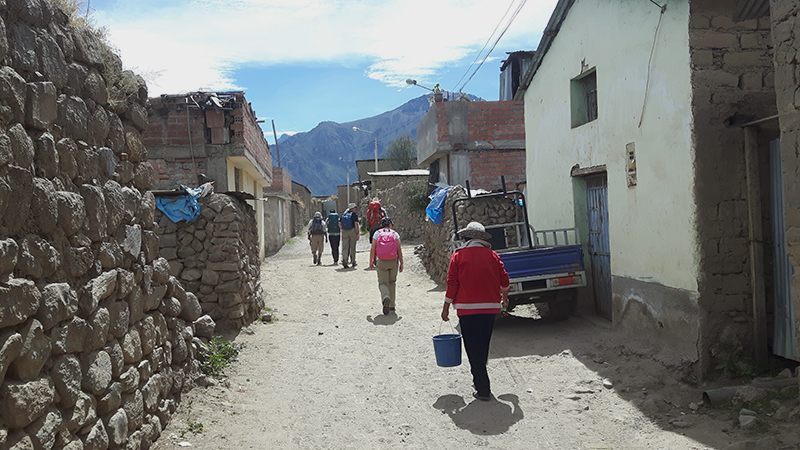
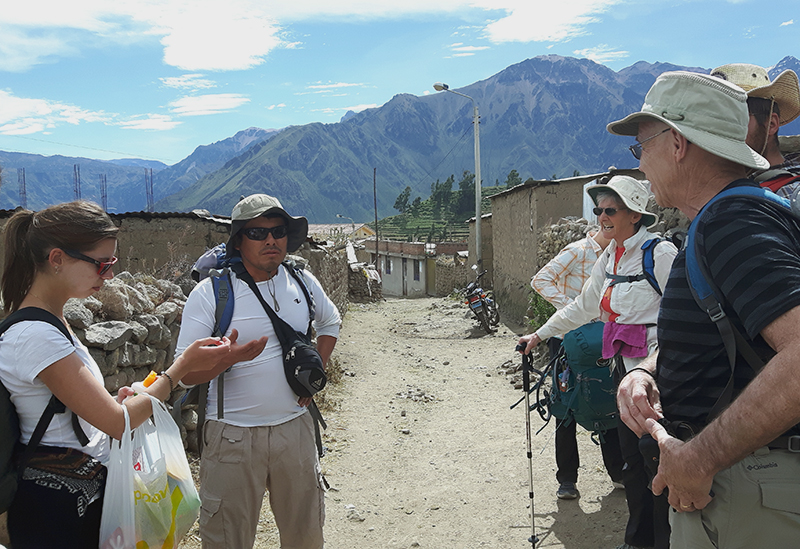
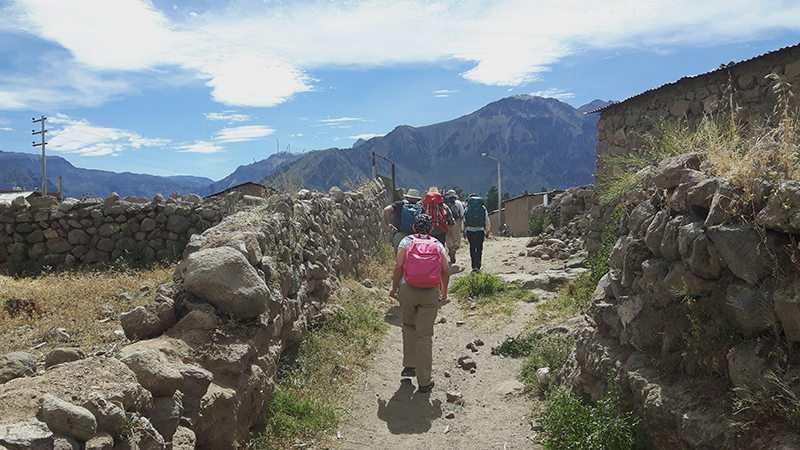

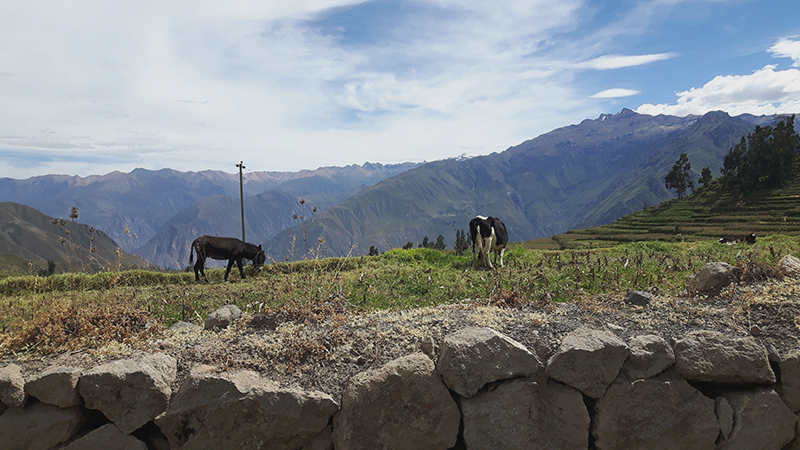
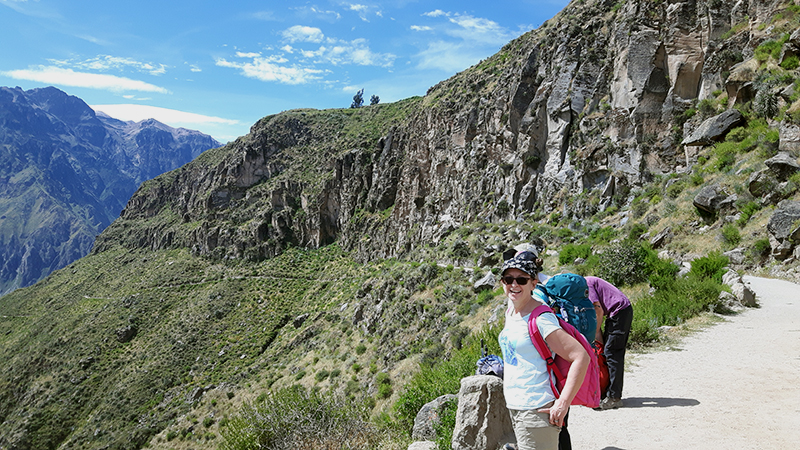
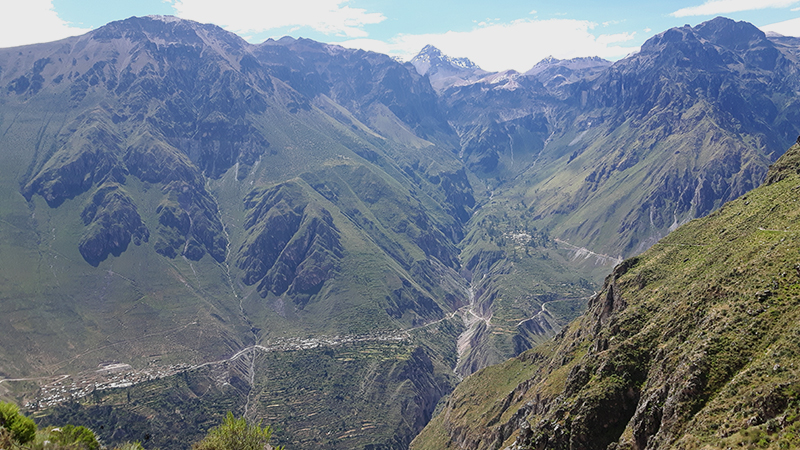
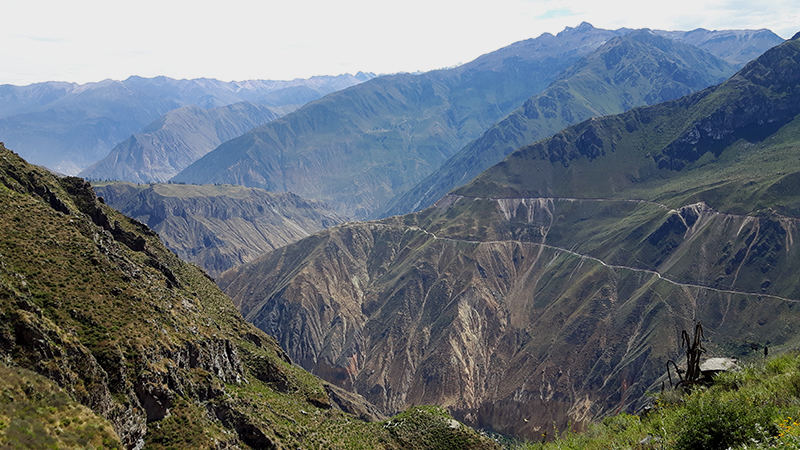


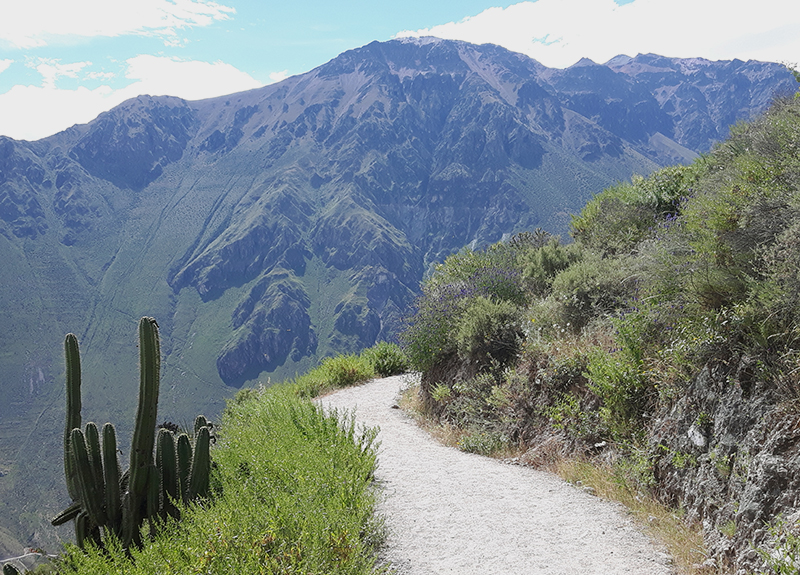
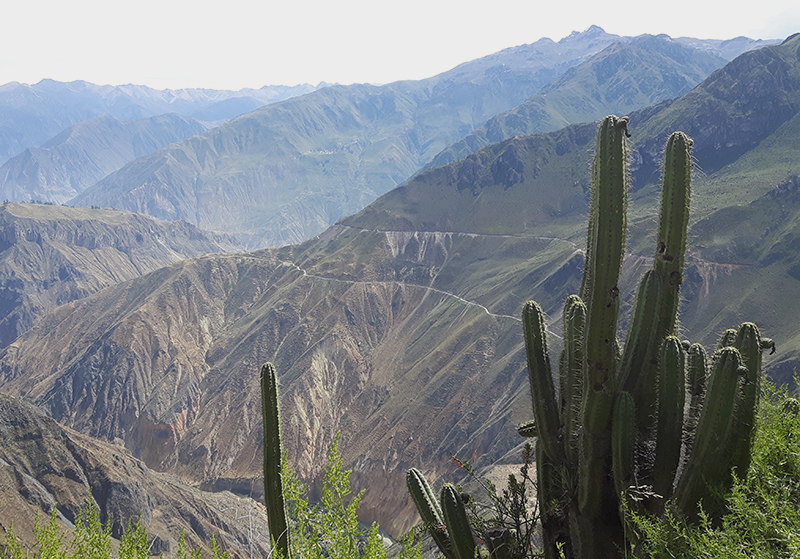

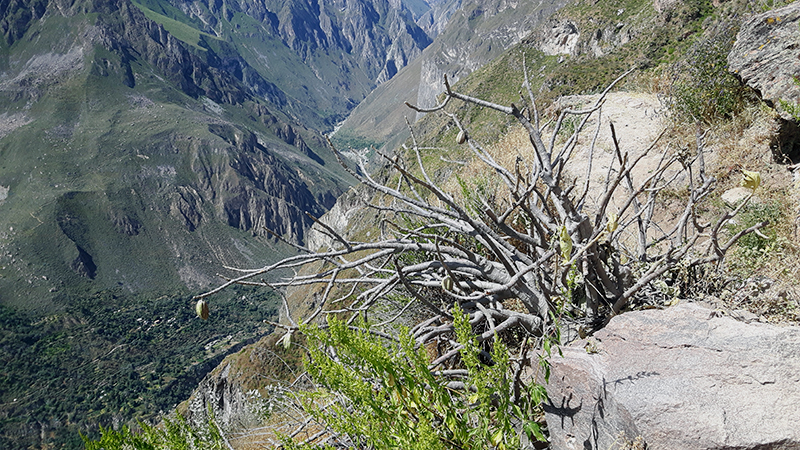
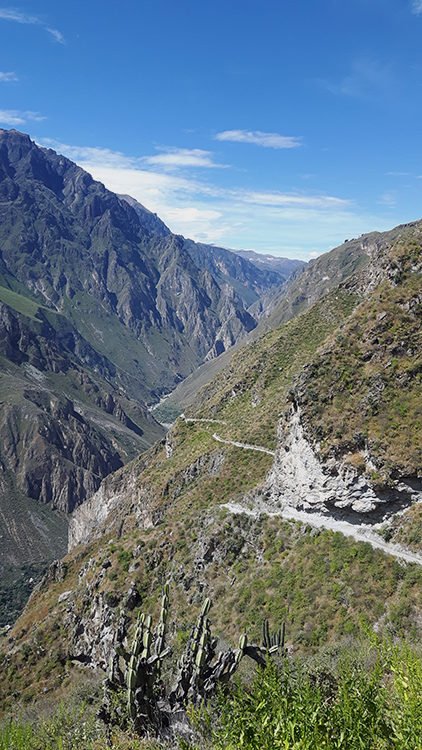
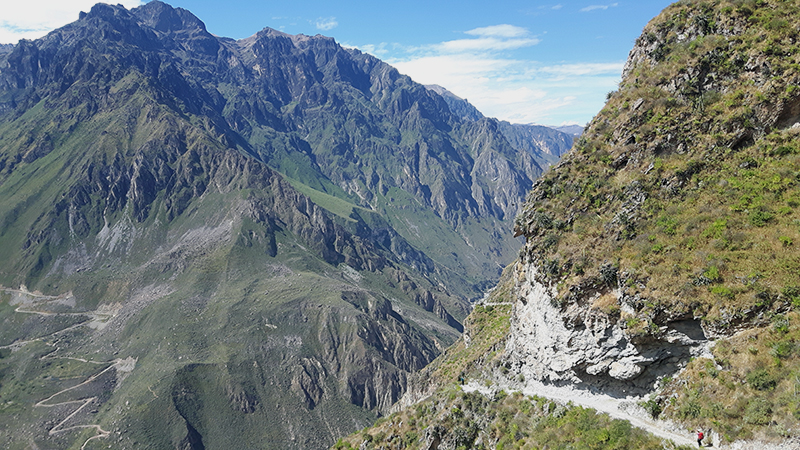
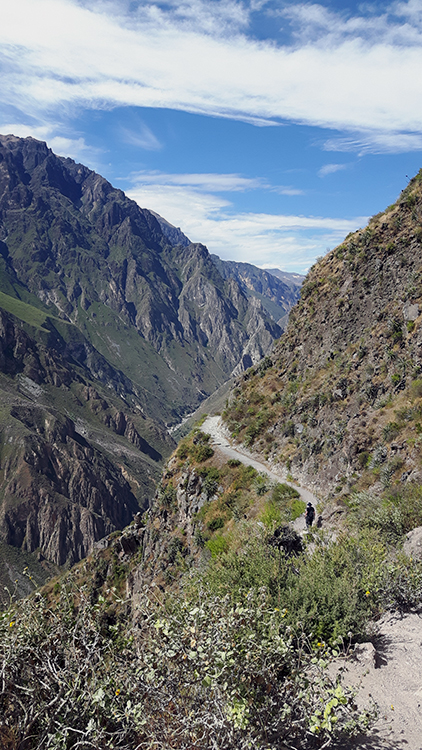

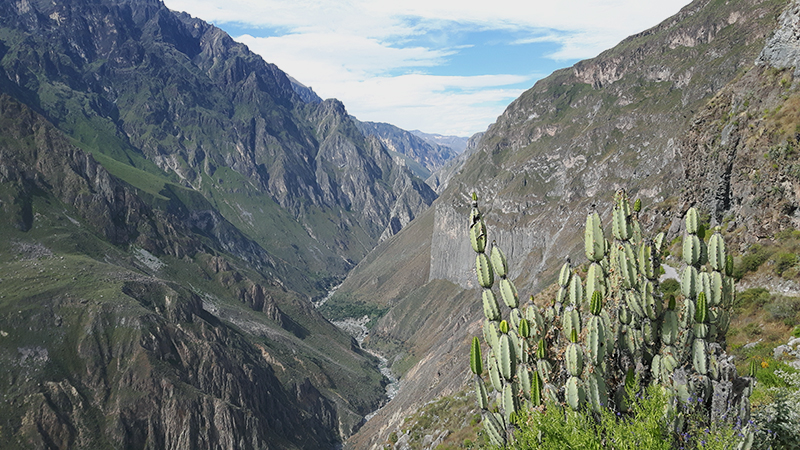
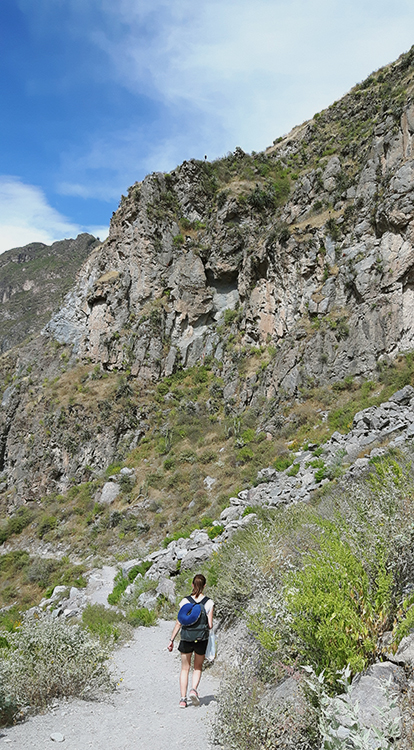
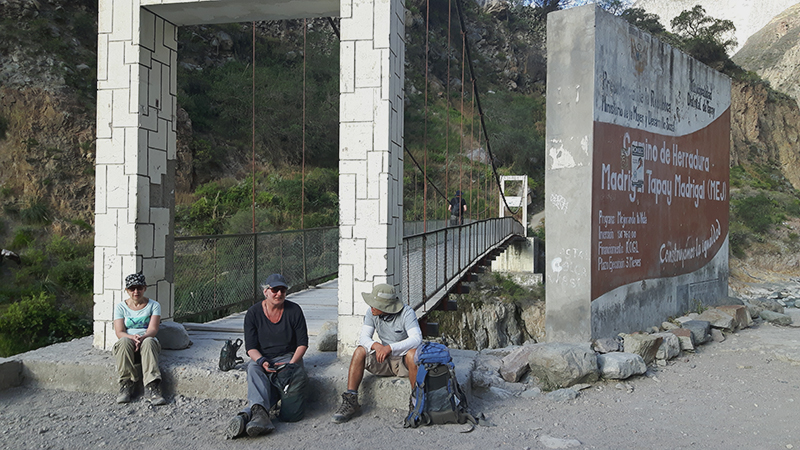
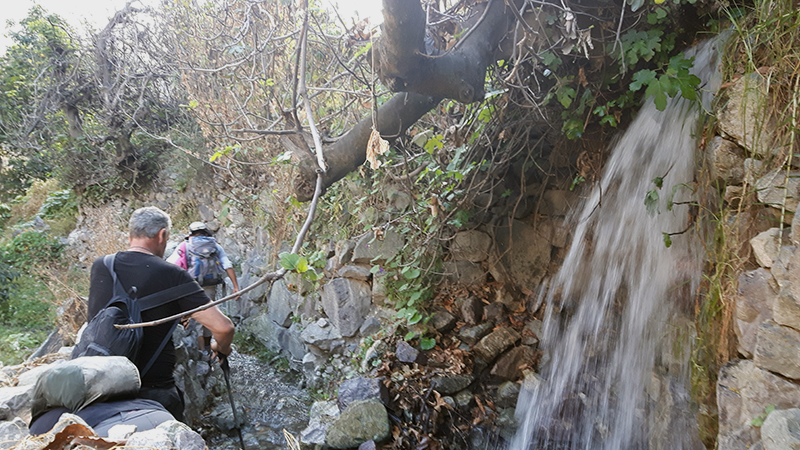
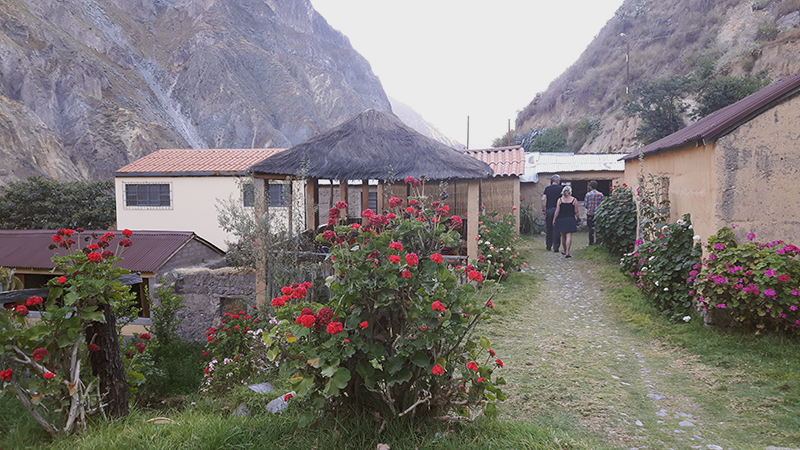
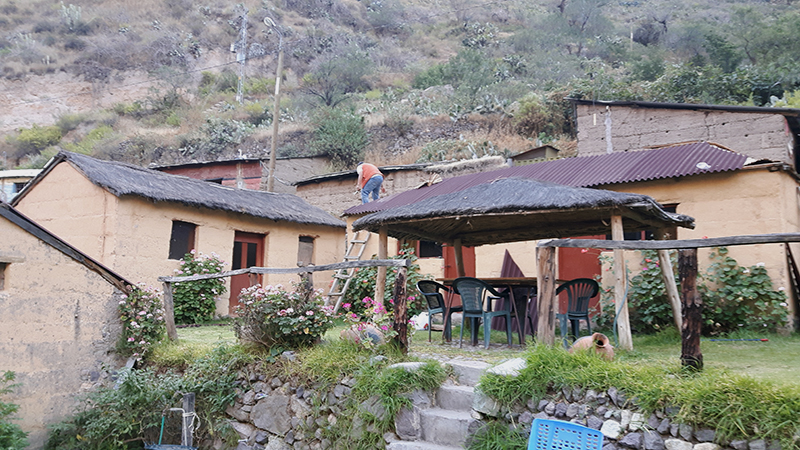
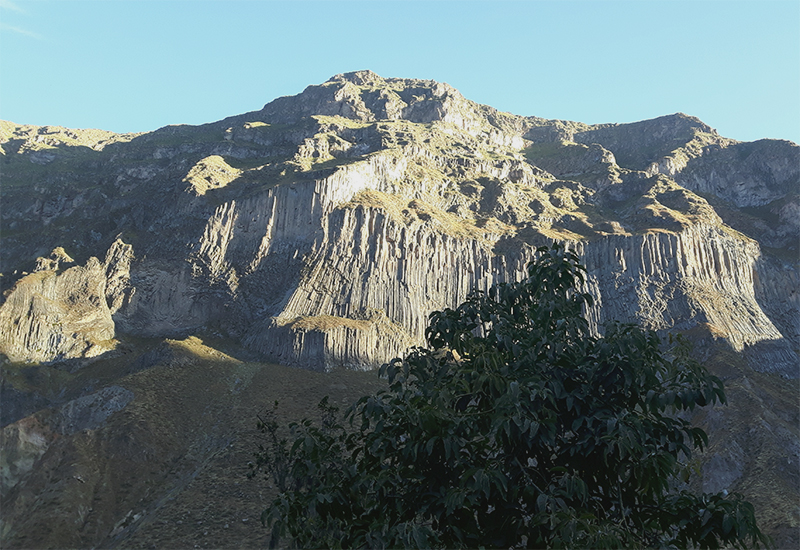
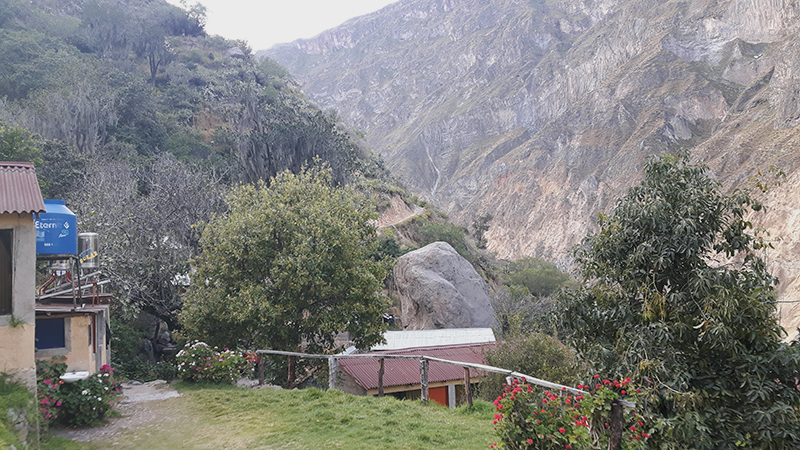
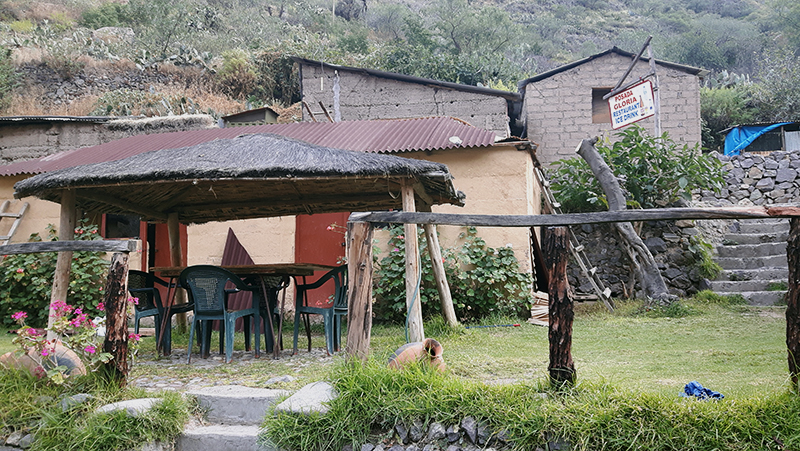
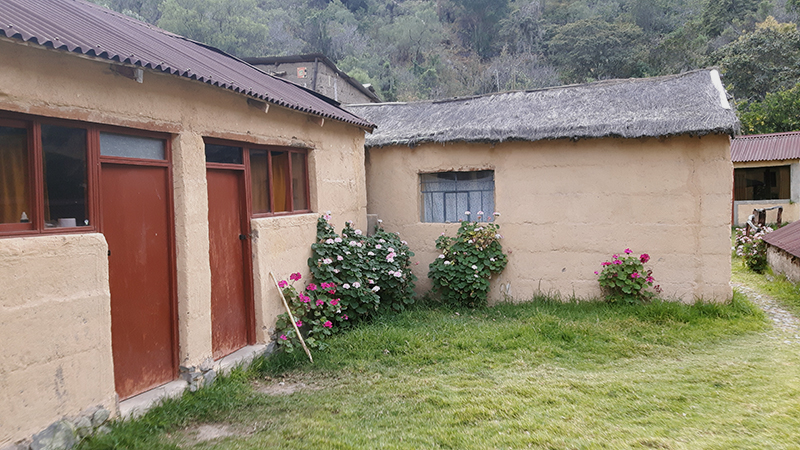


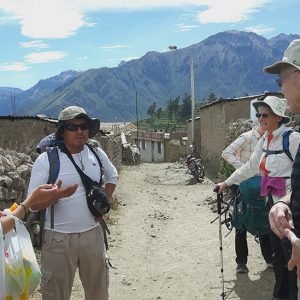

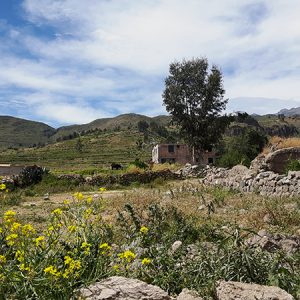
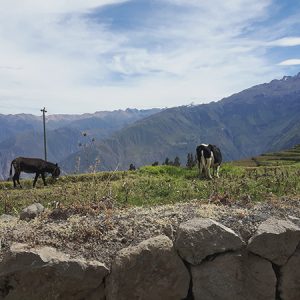
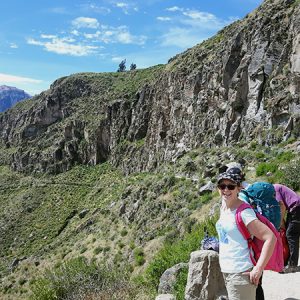
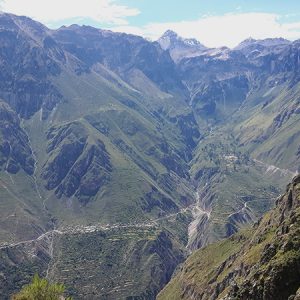
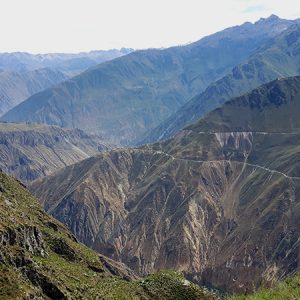
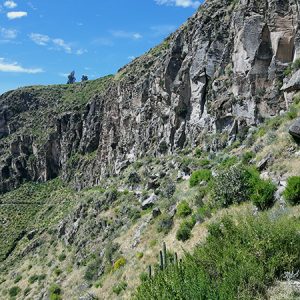
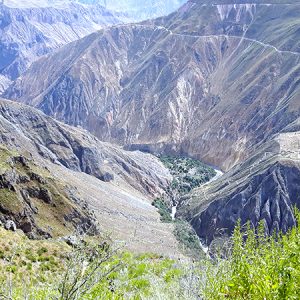

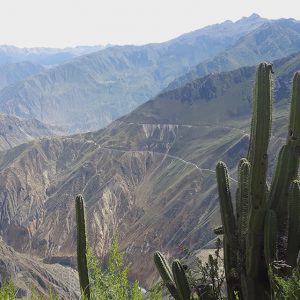
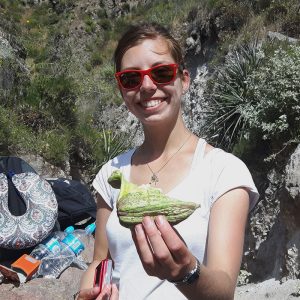
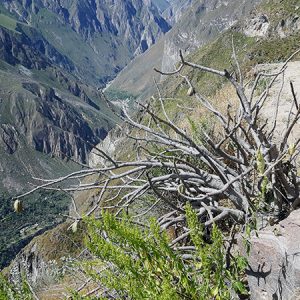
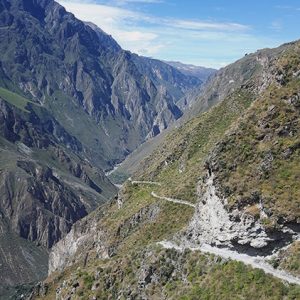
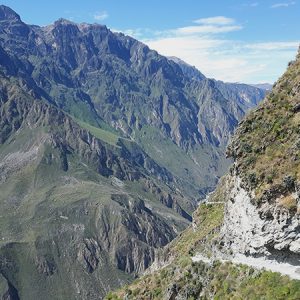
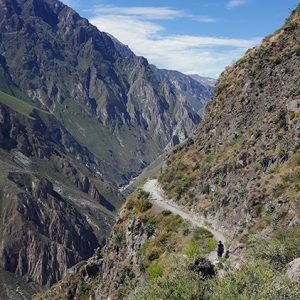
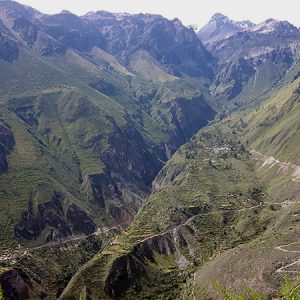
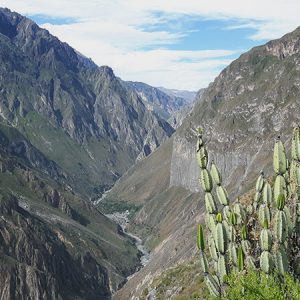
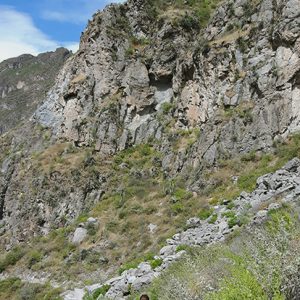
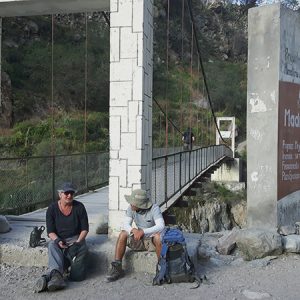

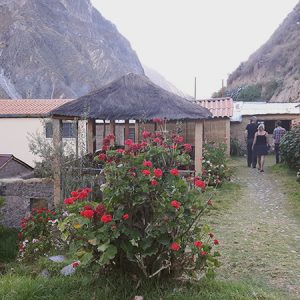
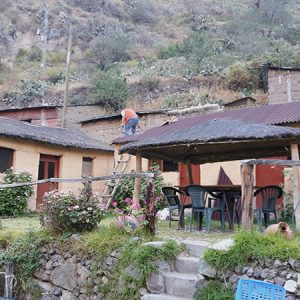
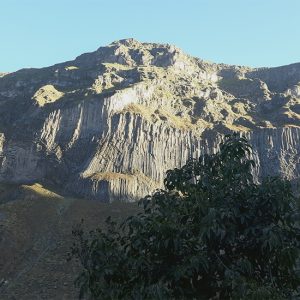
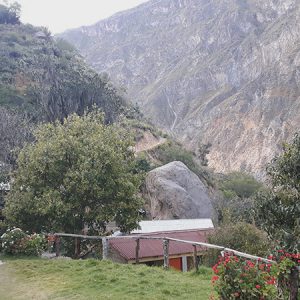
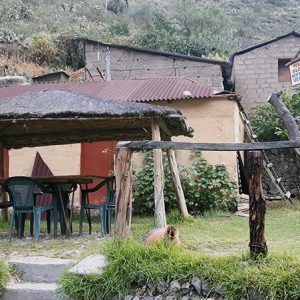
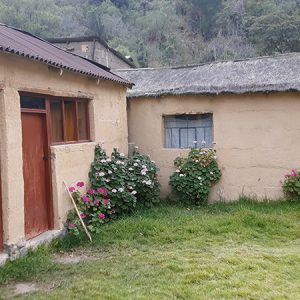

Leave a Reply